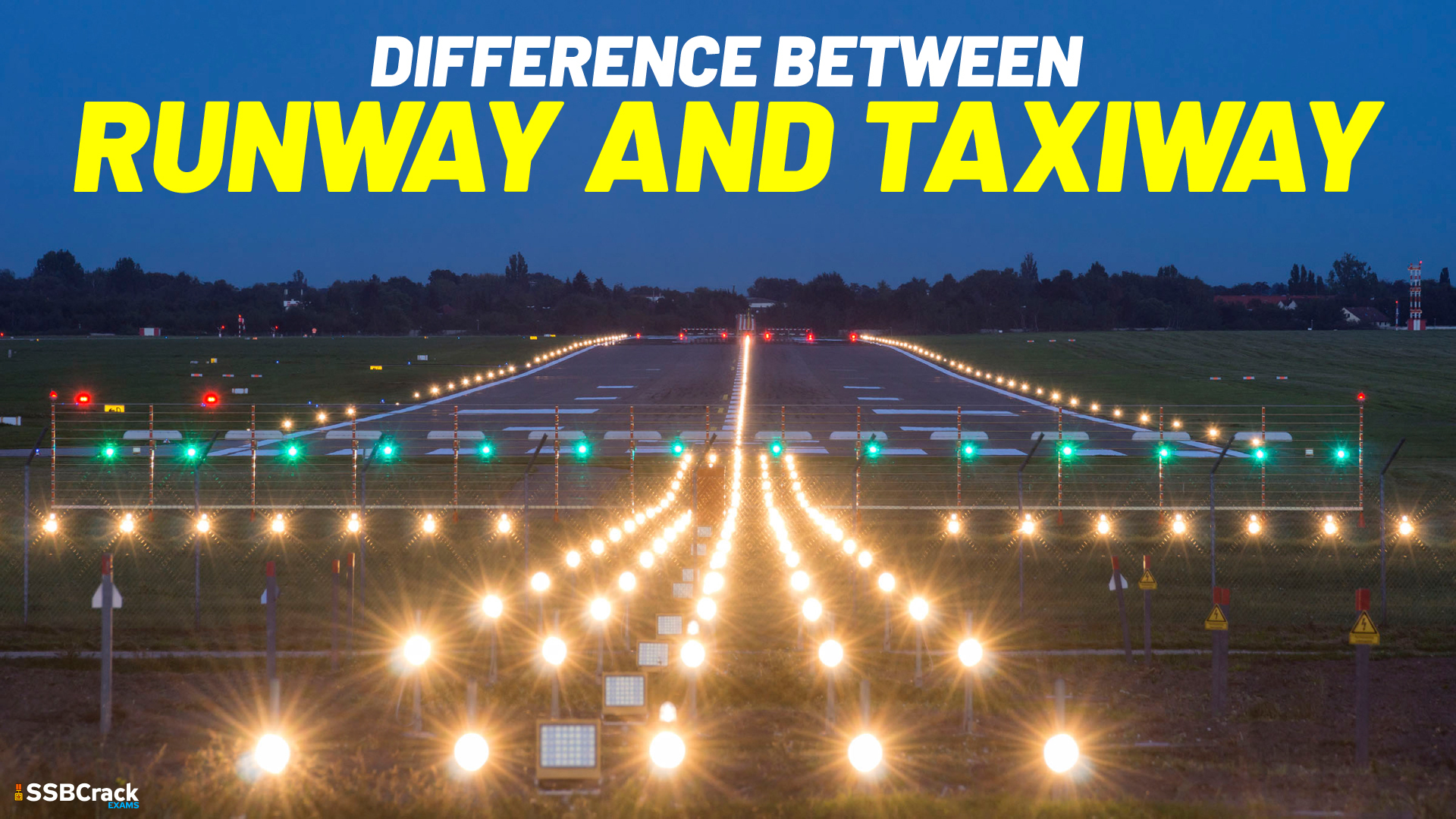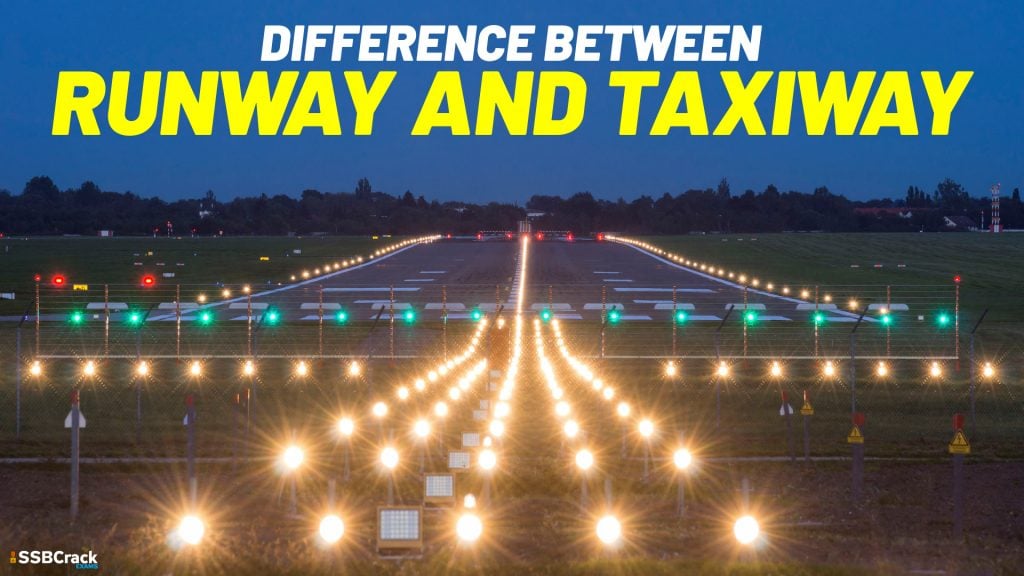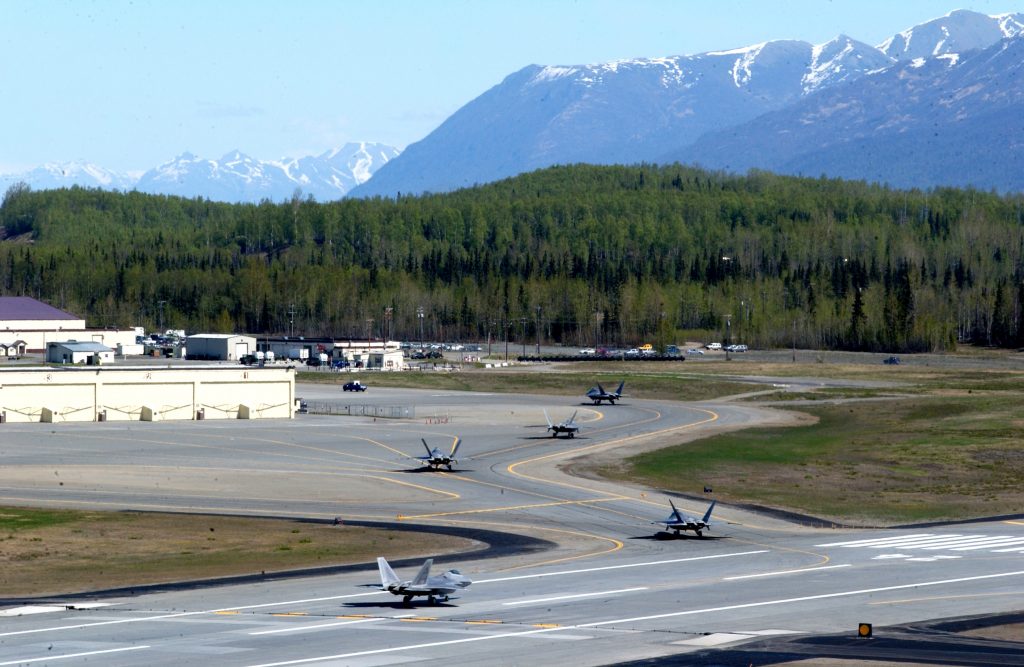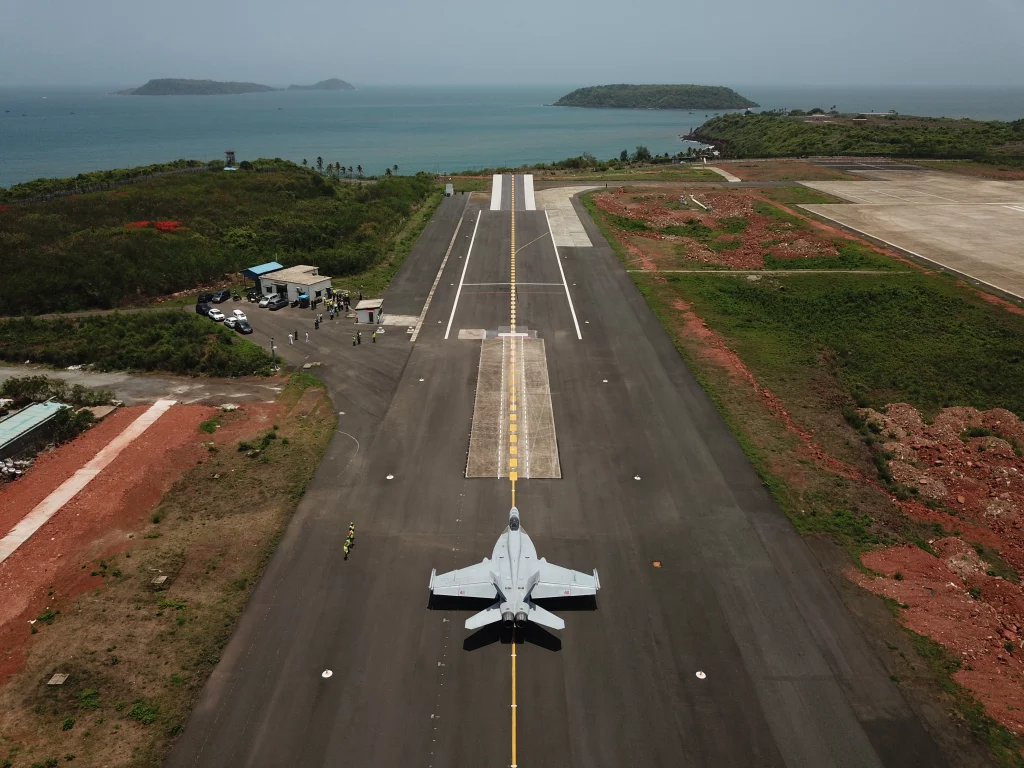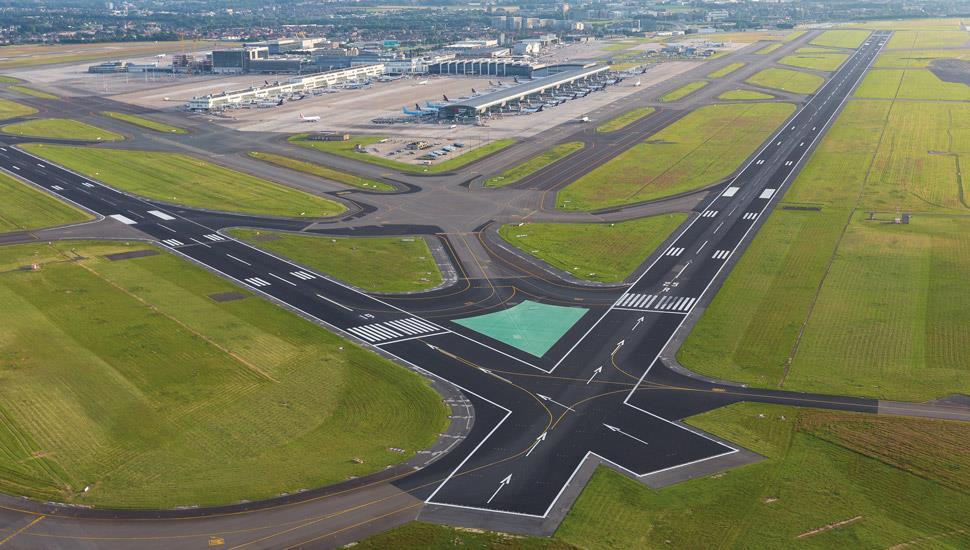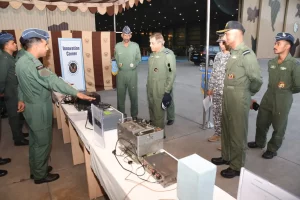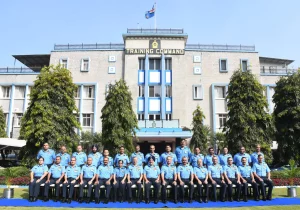Recently we saw the movie Top Gun – Maverick, and in that film, we saw Rooster telling Maverick “This is not a runway, a taxiway, a very short taxiway”. You guys might have to think what is the taxiway? Right? So let us discuss Runway and Taxiway today.
A runway and appropriate taxiways are necessary for an airport or an airfield to function. However, if the two cannot be distinguished from one another, it might be disastrous. A pilot may unintentionally cross a runway while believing it is a taxiway and land directly in the path of an approaching or leaving aircraft. How are runways and taxiways distinguished from one another to prevent this event? Before we learn the difference, let us know what is a runway and a taxiway.
Taxiway
A Taxiway is a path along the ground that permits the aircraft to pass or travel from one place to other. A runway on the other hand is a location or space specifically dedicated for aircraft to land onto or take off from. They typically have a hard surface like asphalt or concrete, though smaller general aviation airports may have gravel or grass. Most airports do not have a specific taxi speed limit (though some do). Based on the obstacles, there is a general rule for safe speed. Operators and aircraft manufacturers may have constraints.
Also read: Why Do Fighter Pilots Need To Drop Fuel Tanks When Under Attack
Runway
A runway is a sizable, rectangular piece of concrete or asphalt that is much wider than it is long. It is outlined in white and has dashed lines running along the middle. There are numerous other distinctive markings, which we will discuss shortly. Runway widths and lengths can differ significantly. The runway must be long enough for departing planes to accelerate quickly enough to take off. A long enough runway is necessary for arrival aircraft so that they can safely exit the runway after touching down and begin to slow down.
Also read: Top 5 Fighter Jets Of Indian Air Force
Runway vs Taxiway
The majority of runways are 150 feet wide and 8000 to 10,000 feet long. As with most runways, they have standard markings and lighting. Taxiways are narrower and used to transport aircraft from parking areas to runways. Aircraft waiting for a takeoff position on the runway are parked on the taxiway facing the control tower. When the runway is clear, the next aircraft for takeoff is directed to move from the taxiway onto the runway in preparation for takeoff….again, under the supervision of the control tower. Taxiways, like runways, are not always straight.
The Runway must be longer and wider to accommodate larger aircraft when landing and taking off. While still built of asphalt and/or concrete, taxiways are often a little less uniform and have a variety of shapes and widths. They form a network over the entire airfield that connects all aircraft parking places to various runway entrances and exits. The size of the aircraft that a taxiway must accommodate determines its width.
Now I hope this article may have cleared your thoughts regarding Runways and Taxiways.
To crack the SSB Interview, You can join our SSB interview live classes batch and we recommend you to Enroll SSB INTERVIEW ONLINE COURSE. Trusted by thousands of defence aspirants.
Also read:
